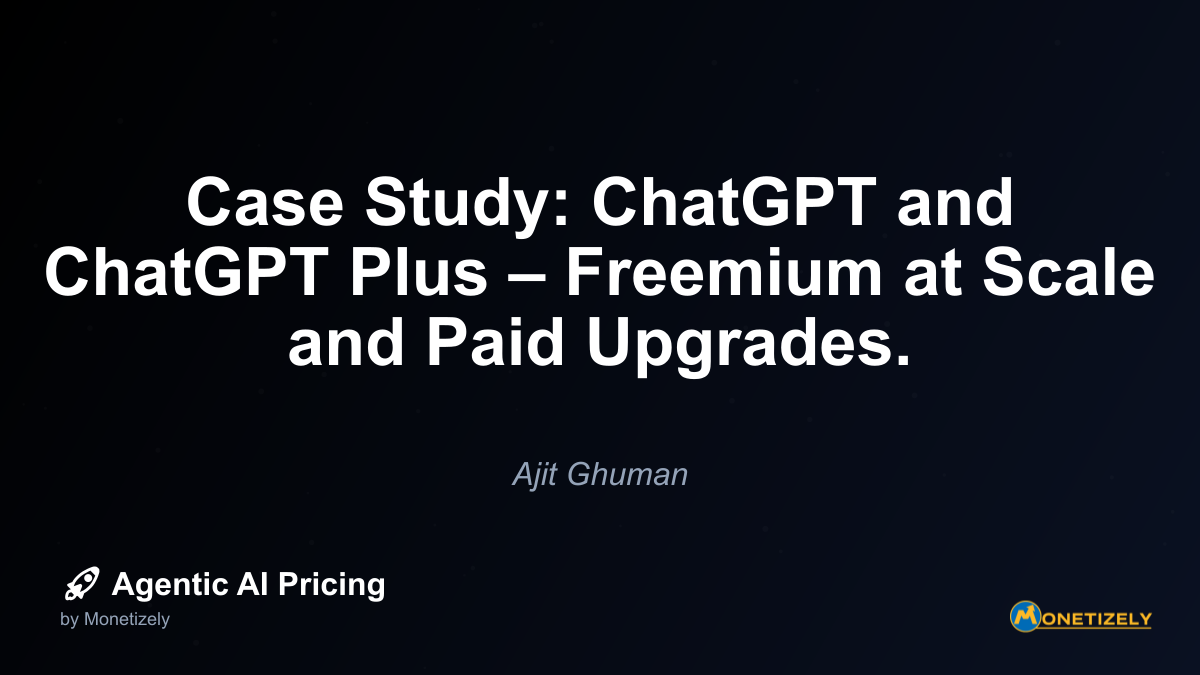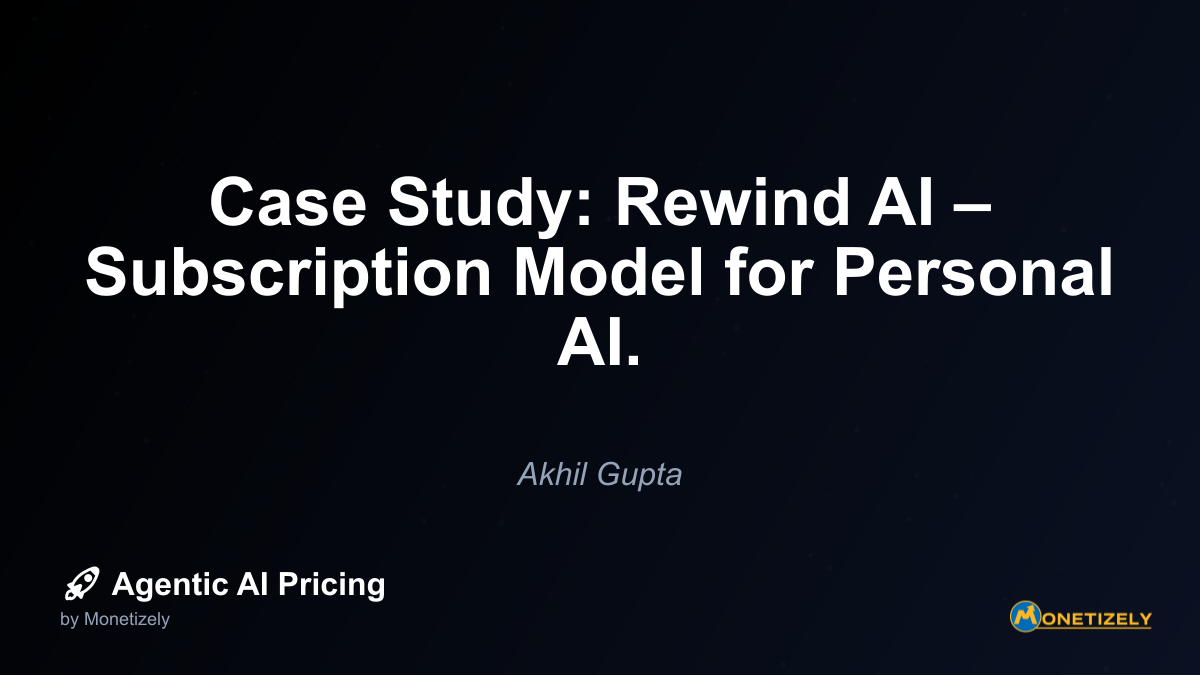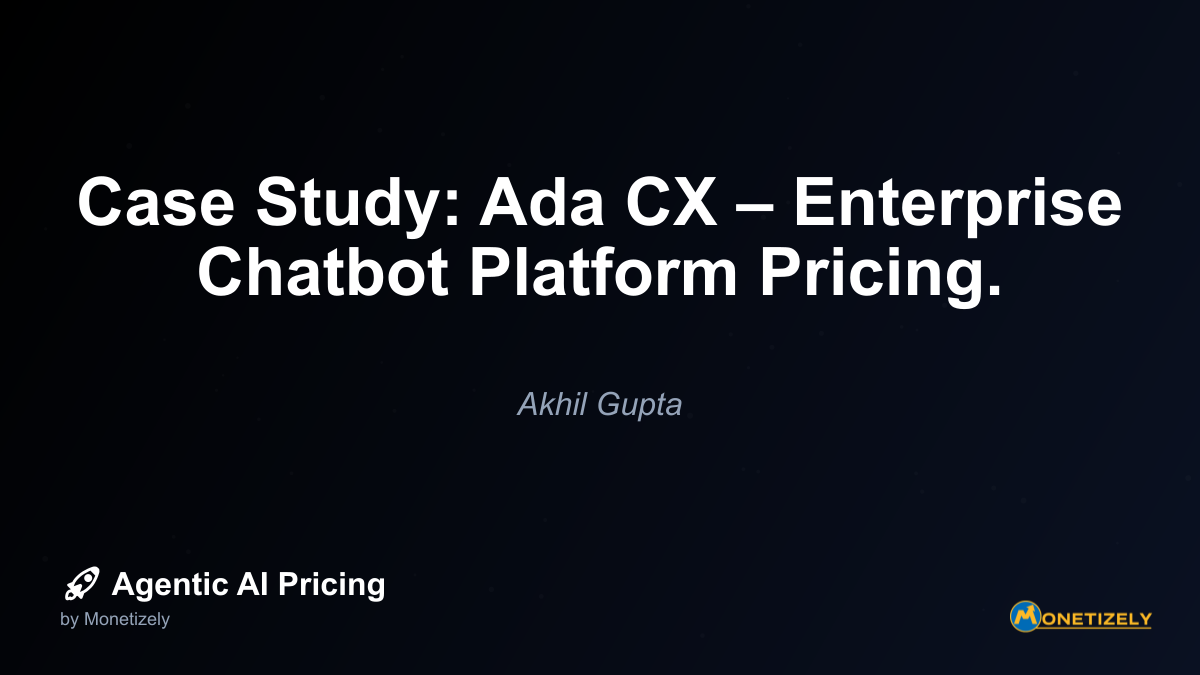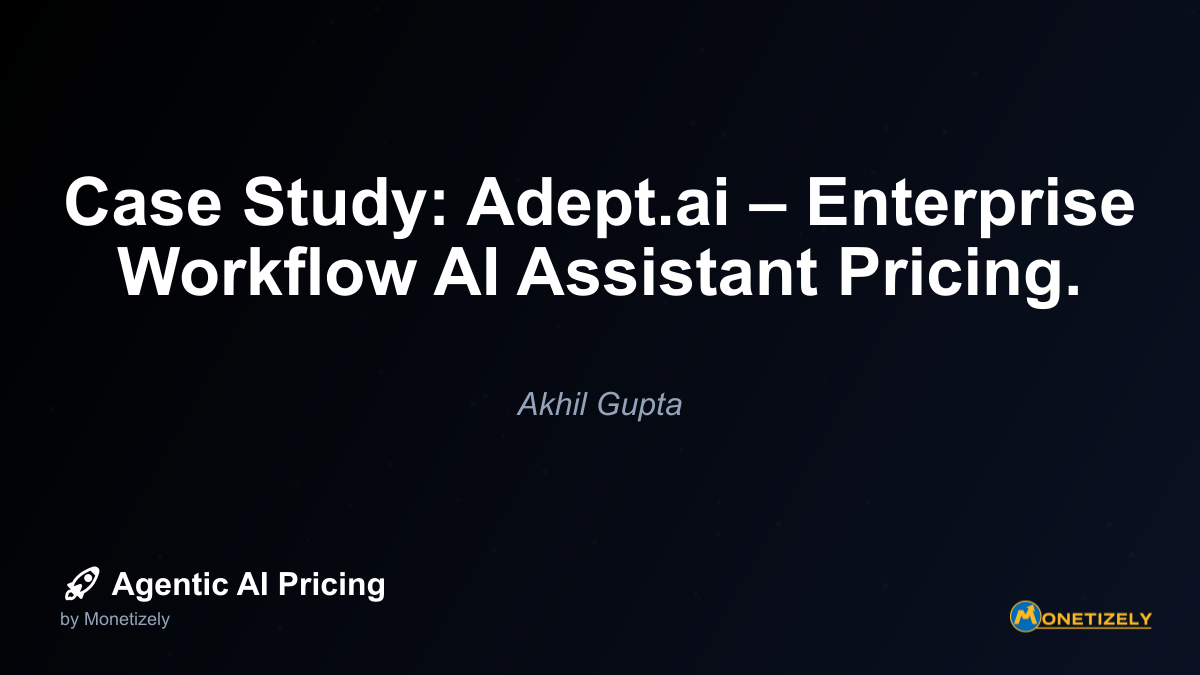· Ajit Ghuman · Case Studies · 6 min read
Case Study: ChatGPT and ChatGPT Plus – Freemium at Scale and Paid Upgrades.
AI and SaaS Pricing Masterclass
Learn the art of strategic pricing directly from industry experts. Our comprehensive course provides frameworks and methodologies for optimizing your pricing strategy in the evolving AI landscape. Earn a professional certification that can be imported directly to your LinkedIn profile.

Business Challenges and Pricing Evolution
The implementation of a freemium-to-paid conversion strategy wasn’t without challenges. OpenAI has continuously refined its approach to address several key business considerations:
1. Balancing Access and Exclusivity
OpenAI has faced the perpetual challenge of democratizing AI access while creating sufficient value differentiation to drive conversions. This tension manifests in decisions about:
- Which features remain free vs. premium
- How much free usage to permit before limitations apply
- When to introduce new capabilities to each tier
For a deeper exploration of this balancing act, see OpenAI’s Pricing Dilemma – Monetizing Cutting-Edge Tech.
2. Managing Capacity and Infrastructure Costs
The free tier creates unpredictable demand patterns that present operational challenges. OpenAI has addressed this through:
- Implementing queue systems during peak demand
- Gradually expanding infrastructure capacity
- Using the Plus tier to help finance infrastructure expansion
- Implementing usage limits on the free tier
3. Competitive Positioning
As competitors like Anthropic’s Claude, Google’s Bard (now Gemini), and others entered the market, pricing strategy became a competitive differentiator. OpenAI has maintained its position through:
- Keeping the free tier robust enough to discourage switching
- Ensuring Plus features provide clear value advantages
- Maintaining price points that signal premium quality without being prohibitive
The Team Tier: Expanding to Enterprise
In May 2023, OpenAI further evolved its pricing strategy by introducing ChatGPT Team, priced at $30 per user per month (with annual commitment). This tier targets small to medium-sized business users with features like:
- Shared workspaces for collaboration
- Administrative controls and user management
- Enhanced data privacy and security
- Higher usage limits than individual Plus accounts
This expansion followed the classic “good, better, best” tiering strategy common in SaaS:
- Good: Free tier with GPT-3.5
- Better: Plus tier with GPT-4 and priority access at $20/month
- Best: Team tier with collaboration features at $30/user/month
By creating this three-tiered structure, OpenAI implemented a classic price anchoring strategy. The presence of the higher-priced team tier made the Plus subscription appear more affordable by comparison, potentially increasing conversion rates from free to Plus.
The Enterprise Offering: Custom Pricing
At the top of OpenAI’s pricing pyramid sits the Enterprise tier, introduced in late 2023. This offering features:
- Custom pricing based on organization size and needs
- Dedicated support and service-level agreements
- Advanced security and data handling capabilities
- Integration with enterprise systems and workflows
- Customization options for model behavior
The Enterprise tier represents a shift from the standardized pricing of consumer tiers to a more consultative, value-based approach typical of enterprise software sales. This multi-tiered strategy allows OpenAI to capture value across the entire market spectrum, from casual users to large organizations.
Key Lessons from ChatGPT’s Pricing Strategy
The ChatGPT pricing strategy offers several valuable insights for companies developing AI products:
1. Free Access Drives Rapid Adoption
The explosive growth of ChatGPT validates the power of free access in building a massive user base quickly. By eliminating friction in the initial adoption process, OpenAI created unprecedented momentum.
2. Capability Differentiation Creates Natural Upgrade Paths
The distinction between GPT-3.5 and GPT-4 created a clear value proposition for the paid tier. Users could experience the service’s basic functionality for free, but those who needed higher quality outputs had clear incentive to upgrade.
3. Usage-Based Limitations Are Effective Conversion Drivers
Rather than limiting features entirely, OpenAI primarily differentiated tiers based on access reliability and usage capacity. This approach allows all users to experience the core functionality while creating natural conversion points when usage increases.
4. Pricing Signals Quality and Positioning
The $20 monthly price point for ChatGPT Plus positioned it as a premium service rather than a commodity. This pricing strategy communicated the value of the technology while filtering for users who derived sufficient value to justify the cost.
5. Tiered Pricing Maximizes Market Coverage
By spanning from free to enterprise custom pricing, OpenAI created a pricing structure that could capture value from the entire market, from casual users to large organizations with complex needs.
How to Test Freemium Models for AI Products
For companies looking to implement similar strategies, several testing approaches can help optimize freemium conversion:
A/B Testing Free Tier Limitations
Testing different limitations on the free tier can help identify the optimal balance between accessibility and conversion pressure:
- Usage limits (daily, weekly, or monthly)
- Feature restrictions
- Response quality differences
- Access reliability variations
Cohort Analysis for Conversion Patterns
Tracking user cohorts over time provides insights into conversion patterns:
- Time-to-conversion for different user segments
- Usage patterns that precede upgrades
- Retention rates across different acquisition channels
- Feature usage correlating with higher conversion likelihood
Price Sensitivity Testing
For the premium tiers, testing price sensitivity can optimize revenue:
- Price bracketing experiments with different user segments
- Value-metric alignment (per user, per usage, etc.)
- Bundle configurations for different tiers
- Promotional offers to test elasticity
For more on testing freemium models specifically for AI services, explore How to Test Freemium Pricing Models for Agentic AI Services.
The Future Evolution of ChatGPT’s Pricing Model
As OpenAI continues to develop its technology and business model, several potential evolutions in the pricing strategy may emerge:
Usage-Based Components
Future iterations might incorporate more granular usage-based pricing elements, particularly for resource-intensive applications. This could include:
- Token-based pricing for certain high-value applications
- Compute-time billing for resource-intensive tasks
- Premium pricing for specialized model fine-tuning
Vertical-Specific Offerings
As the technology matures, OpenAI may develop industry-specific versions with tailored pricing:
- Legal-focused versions with specialized knowledge and compliance features
- Healthcare-optimized models with appropriate privacy safeguards
- Financial services variants with regulatory compliance built in
Integration-Based Pricing
As the ecosystem around ChatGPT grows, pricing may evolve to capture value from integrations:
- API pricing based on integration complexity
- Partner ecosystem revenue sharing
- Platform-based pricing for workflow integrations
Conclusion: The Impact of ChatGPT’s Freemium Strategy
OpenAI’s implementation of a freemium model for ChatGPT represents one of the most successful examples of this pricing strategy in recent history. By offering substantial value in the free tier, they created unprecedented user growth while establishing clear value differentiation for paid tiers.
The approach demonstrates several critical principles for AI pricing:
Value demonstration before monetization: Allowing users to experience the technology’s capabilities created organic demand for premium access.
Natural usage limitations: Rather than artificially restricting features, OpenAI used natural capacity constraints to drive conversions.
Tiered value alignment: Each pricing tier aligns with distinct use cases and user needs, from casual experimentation to enterprise deployment.
Progressive monetization: The gradual introduction of paid tiers allowed for market education and value demonstration before asking users to pay.
For companies developing AI products, ChatGPT’s pricing evolution offers a valuable blueprint for balancing accessibility with sustainable monetization. While the specific approach may not transfer directly to all AI applications, the core principles of demonstrating value, creating natural upgrade paths, and aligning pricing with user segments provide a strong foundation for effective pricing strategies.
As the AI landscape continues to evolve, OpenAI’s pricing approach will likely continue to adapt, potentially establishing new paradigms for how advanced AI capabilities are monetized in the market.
Co-Founder & CEO
Ajit is the author of Price To Scale, a top book on SaaS Pricing and is the Founder of Monetizely. Ajit has led and worked in pricing and product marketing at firms like Twilio, Narvar and Medallia. His work has been featured in Forbes and VentureBeat. Ajit regularly consults with software companies from Seed stage to post-IPO on pricing strategy. Ajit is also a highly-rated co-instructor for 'The Art of SaaS Pricing and Monetization' on Maven.
Pricing Strategy Audit
Let our experts analyze your current pricing strategy and identify opportunities for improvement. Our data-driven assessment will help you unlock untapped revenue potential and optimize your AI pricing approach.




